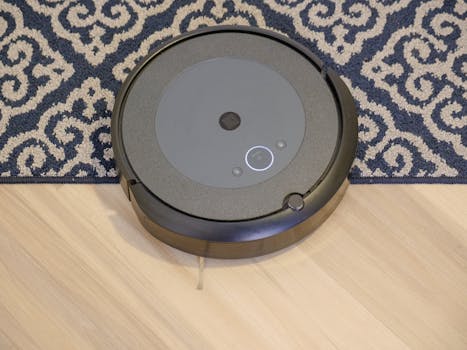
Smart Homes and Smart Living: The Technological Transformation of European Homes by 2025
Smart Homes and Smart Living is the future of European homes, and it’s transforming the way we live. The concept of smart homes and smart living is revolutionizing the way we live in European homes. With the integration of advanced technologies, homes are becoming more efficient, convenient, and sustainable.
Introduction to Smart Homes and Smart Living
Smart homes and smart living refer to the integration of advanced technologies, such as artificial intelligence, Internet of Things (IoT), and data analytics, to create a more efficient, convenient, and sustainable living environment. This concept is becoming increasingly popular in European homes, and it’s expected to transform the way we live by 2025.
Key Features of Smart Homes and Smart Living
Some of the key features of smart homes and smart living include:
- Energy efficiency: Smart homes are equipped with energy-efficient systems that can automatically adjust lighting, temperature, and energy consumption.
- Home automation: Smart homes can be controlled remotely using smartphones or voice assistants, making it easy to manage lighting, temperature, and security systems.
- Security: Smart homes are equipped with advanced security systems that can detect intruders, monitor surveillance cameras, and alert homeowners in case of emergencies.
- Health and wellness: Smart homes can be equipped with air quality monitors, water purifiers, and other health-related features that promote wellness and comfort.
Benefits of Smart Homes and Smart Living
The benefits of smart homes and smart living are numerous. Some of the most significant advantages include:
- Increased energy efficiency: Smart homes can reduce energy consumption by up to 30%, which can lead to significant cost savings and a reduced carbon footprint.
- Improved convenience: Smart homes can be controlled remotely, making it easy to manage daily tasks and routines.
- Enhanced security: Smart homes are equipped with advanced security systems that can detect intruders and alert homeowners in case of emergencies.
- Improved health and wellness: Smart homes can promote health and wellness by monitoring air quality, water quality, and other environmental factors.
Challenges and Limitations of Smart Homes and Smart Living
While smart homes and smart living offer numerous benefits, there are also some challenges and limitations to consider. Some of the most significant challenges include:
- High upfront costs: Smart homes and smart living technologies can be expensive to install and maintain.
- Complexity: Smart homes and smart living systems can be complex to set up and manage, which can be overwhelming for some homeowners.
- Privacy concerns: Smart homes and smart living technologies can raise privacy concerns, as they often involve the collection and analysis of personal data.
- Interoperability: Smart homes and smart living systems can be incompatible with other devices and systems, which can limit their functionality and effectiveness.
Conclusion
In conclusion, smart homes and smart living are transforming the way we live in European homes. With the integration of advanced technologies, homes are becoming more efficient, convenient, and sustainable. While there are some challenges and limitations to consider, the benefits of smart homes and smart living are numerous and significant. As we look to the future, it’s clear that smart homes and smart living will play a major role in shaping the way we live and interact with our living environments.






